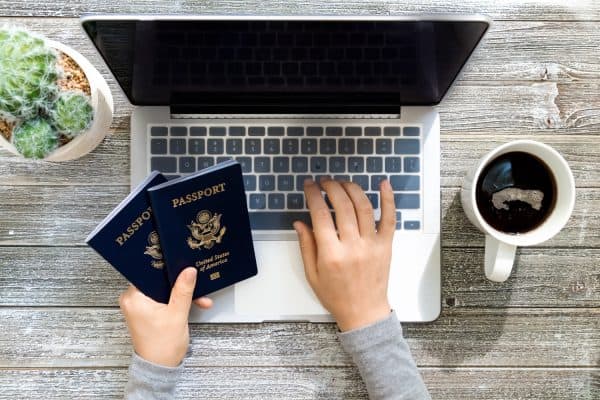Have you ever found yourself eager to go on that dream vacation and have it ruined at the airport before you even leave? If you intend to travel by plane any time soon or have experienced trouble with airline policy regarding your luggage in the past, we aim to help you understand the general rules and guidelines, classification, and other important considerations about your baggage.
Most airlines allow you to bring one personal item and one piece of carry-on baggage into the cabin. A laptop bag qualifies as a personal item, as do other small bags including purses, small briefcases, and small backpacks that fit under the seat.
Some confusion may arise regarding the different classifications of airline luggage that cause problems and delays in traveling. This post contains relevant information to enable you to have a smoother and hassle-free trip in the future.
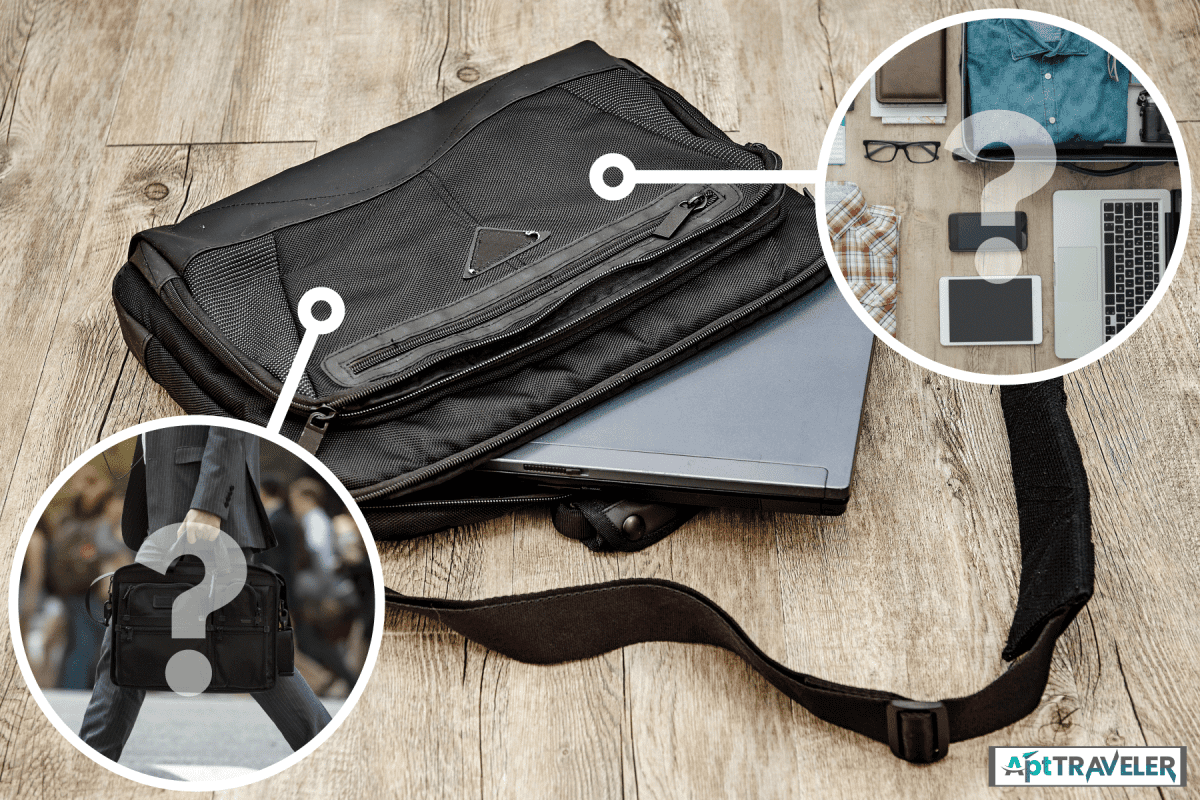
Personal Items
As mentioned, a laptop bag is an item you may bring into the plane's cabin. However, most airlines only allow a single personal possession which is difficult or even impossible to narrow down. To maximize the number of allowable things that you need and make them accessible, consider a personal item bag.

It may come in the form of a small backpack, tote bag, briefcase, or a large purse. The point of which is to be able to carry several articles which you need during the trip. As long as the bag fits underneath the seat or compartment designated in front of you, it is most likely to be allowed.
Consider the purpose of the trip and only include items that are essential and necessary. To illustrate, a business trip definitely requires first and foremost, travel documents, your laptop and related gadgets such as chargers, headphones, spare batteries, power banks or alternative power sources, related papers, source materials, and other documents to be readily available if you find the need to go over them during the flight.
Include several personal belongings such as eyewear, pen and paper for notes, toiletries, jackets or wraps, and compact medical kits.
Vacations or pleasure trips entail a different set of items, apart from your basic travel needs. These may include catalogs and brochures, reading materials, sunglasses, caps and other headwear, and similar accessories that you find necessary.
For shorter trips such as weekend getaways, short visits, reunions, and such, follow the time-tested principle, pack lighty.
Dimensions For Personal Items
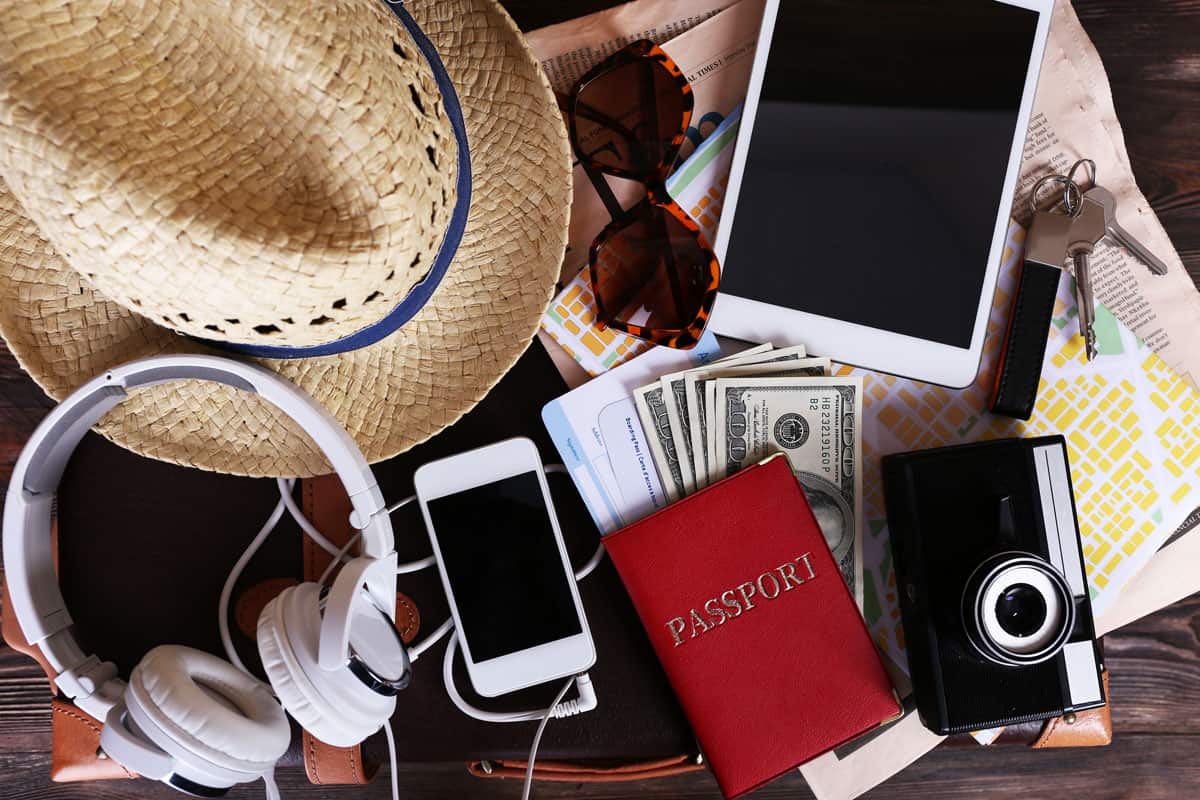
In any case, ensure all important objects and items, like travel documents, valuables, cash, medicines, and the like are in your personal bag.
Different airlines have slight variations in terms of the dimensions of your personal item. Most allow bags and other carriers as long as it fits under the seat in front of you. The majority of airlines are not particular with the weight but some restrict the size. To be on the safe side, make sure your bag is within the 40-inch linear measure policy. Simply add the length, width, and height of your personal item, the sum is its linear measure.
To illustrate, a height of 22 inches plus a width of 14 inches plus a depth of 8 inches would equal 40 inches. Objects larger than the specified limit may be refused or classified as carry-on baggage.
Carry-On Baggage
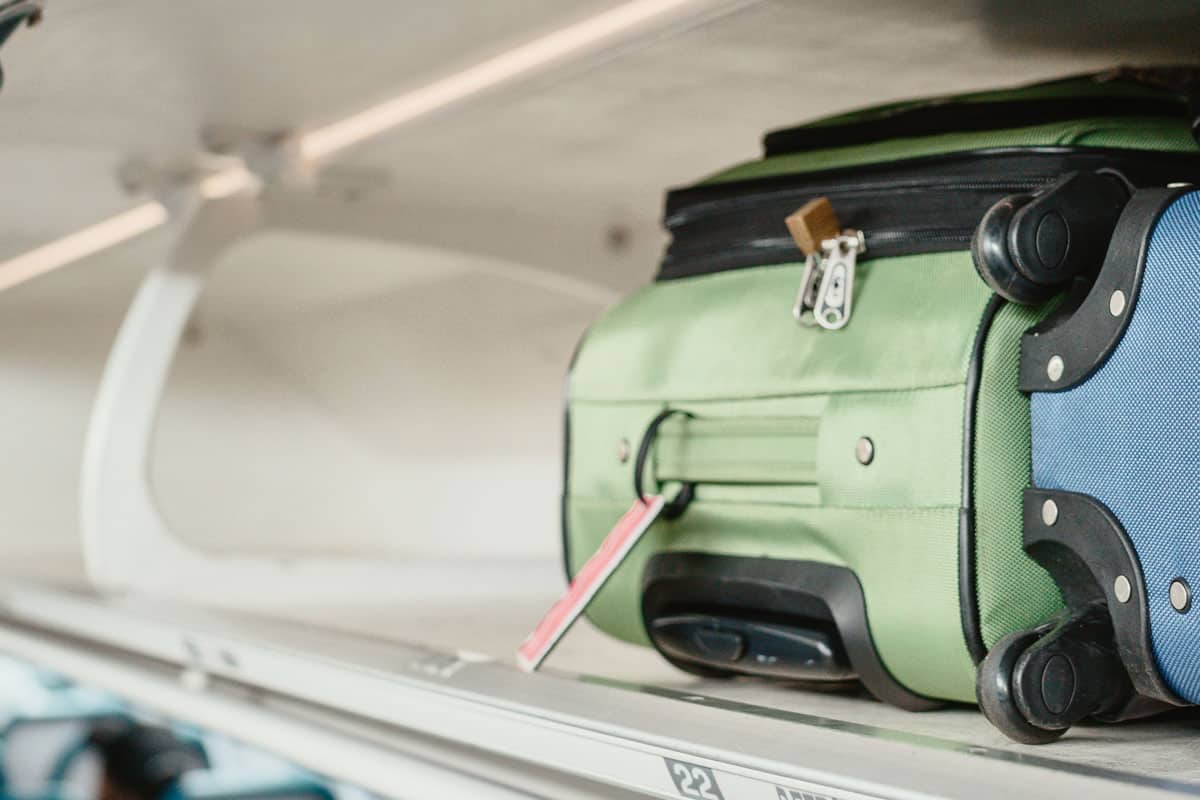
Carry-on baggage is any piece of luggage that is allowed in the plane's cabin and fits into the overhead bin. It contains all your other belongings like clothes, towels, spare shoes, gifts, various equipment, and all other items brought for the trip.
As mentioned, there are slight variations with regards to the size and weight of your carry-on. Some airlines are particular only in terms of dimensions while others weigh them pre-flight. The standard size allowed in all airlines is 22 inches in height, a width of 14 inches, and 9 inches deep or wide. In linear measurement, this adds up to 45 inches.
To avoid any delays and complications, measure your carry-on after you have packed, not while it is empty, as a filled bag may be slightly bulkier. Check the weight and make sure it does not exceed 15 pounds.
Carry-on luggage, as is your personal item is free of any charges on most major airlines. However, the fees may also depend on the policies of low-cost airlines, the type of ticket you bought, the traveling class, and the destination.
It is always best to consult and inquire as to the specific regulations of the airline before you make the trip.
Checked-In Luggage
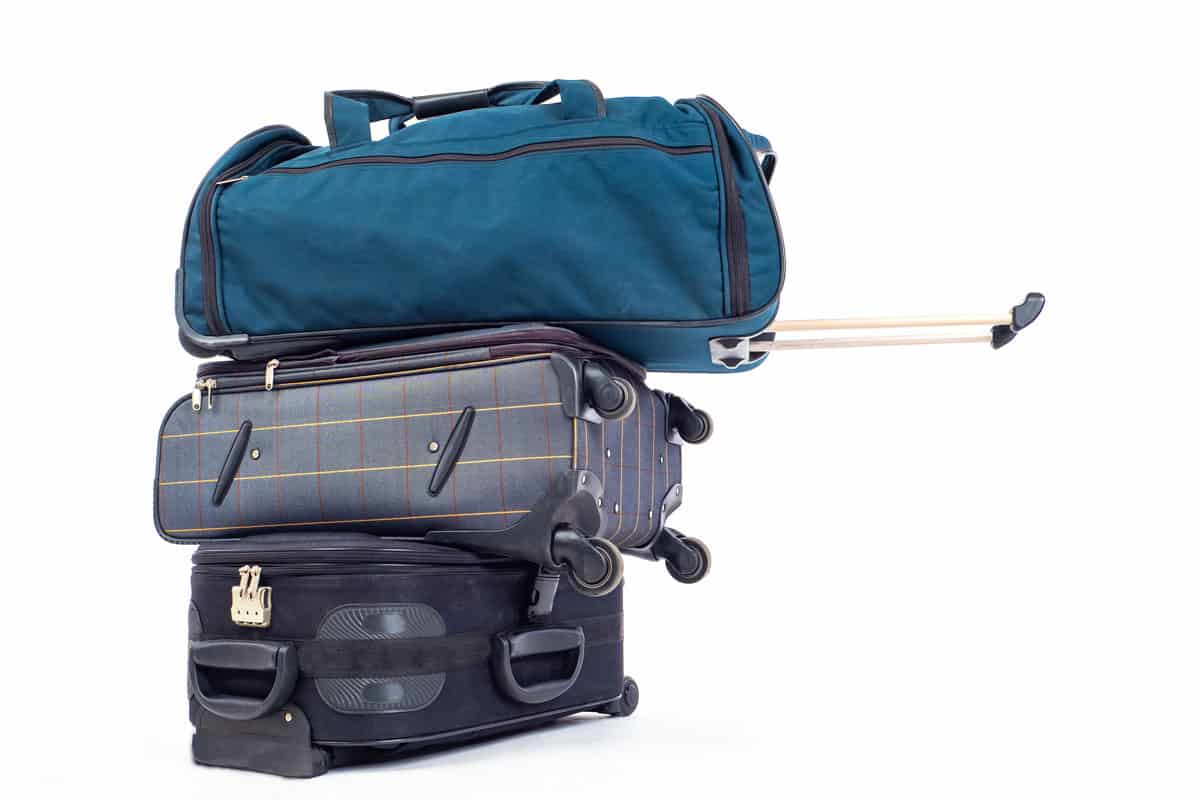
Checked baggage is transported in the hold or cargo room of an aircraft and is inaccessible during the flight. They contain all other allowable items that are not included in your personal bag or carry-on.
Every airline has its own set of regulations with regard to the weight, size, and number of checked baggage. The exact conditions are mentioned and specified when you book a flight.
The 32-kilogram limit per checked luggage is implemented by most airlines and any excess weight must be split over two bags.
While some airlines feature a free baggage allowance, most checked luggage must be paid for in addition to the ticket cost. Excess baggage fees are charged if you exceed the weight restrictions.
Regulated Materials

Before you start packing for the trip, be aware of what you can include in your carry-on and checked baggage to make the screening process easier.
All forms of liquids are limited to 3.4 ounces or 100 milliliters. Any container big enough to hold the required amount is prohibited even though the bottle contains 3.4 ounces. While this is the case, medication (in reasonable quantities) and baby food are allowed to exceed the limitation.
Prohibited And Restricted Items

Illegal substances are strictly prohibited to enter the United States. Agricultural products such as meat, poultry, fruits, and vegetables are restricted and need to be screened before entering the country.
Sporting equipment such as baseball bats, lacrosse sticks, hockey sticks, martial arts weapons, and golf clubs are prohibited in carry-on baggage.
Sharp objects are subject to screening and are allowed if they do not pose any security threat. Pocket knives, swiss army knives, and box cutters are strictly forbidden to bring on board.
What Is Property Or Item Declaration?
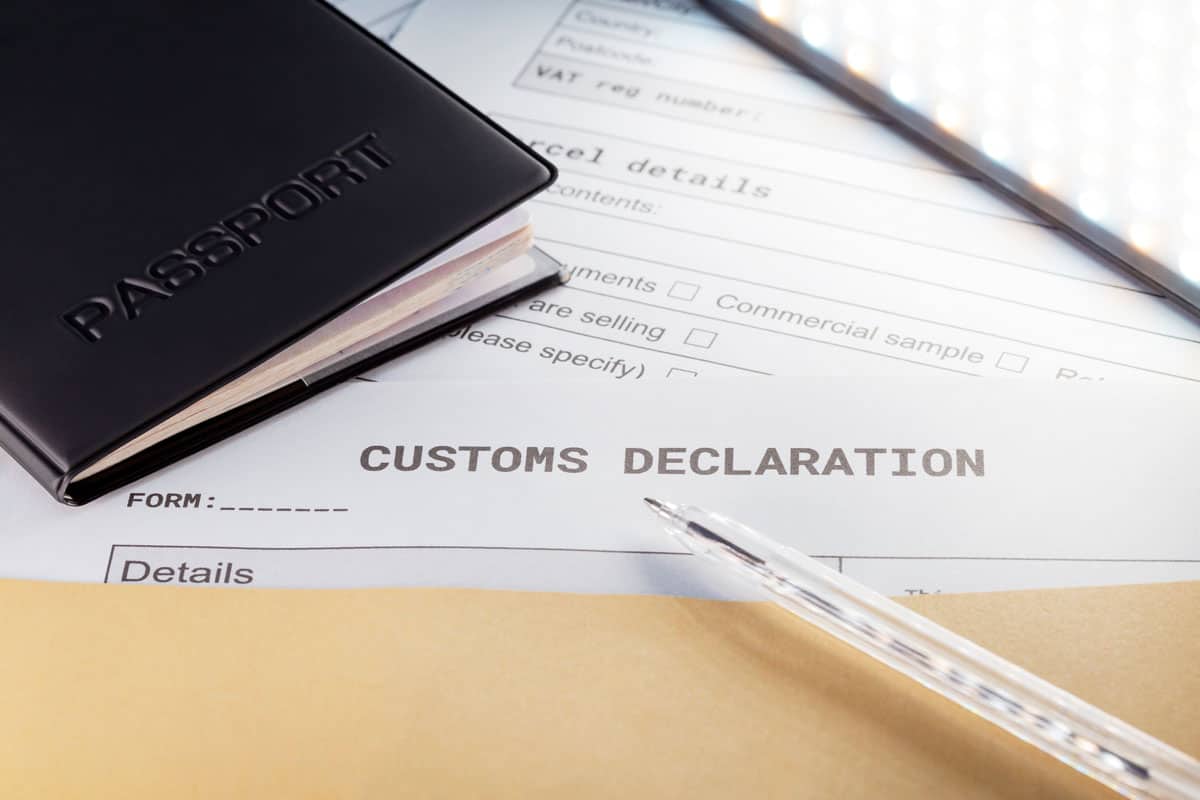
Property or item declaration, as the name implies, is the process of stating possession or ownership of items and merchandise purchased outside the United States. This pertains to gift items, souvenirs, duty-free products, and any other materials that you acquired upon arrival to the country.
The main purpose of this process is to identify whether these items are for business or personal use. The former may require you to pay the tax.
Furthermore, item declaration requires you to register any belongings to customs before you leave the US. Proof of ownership is necessary to avoid conflict. Let’s say you have forgotten to register the gold watch you own before traveling internationally. Once you return, any expensive items (such as your watch) can be subject to tax because customs officers may regard it as a product purchased from foreign countries.
Duty-free Or Tax Exemptions
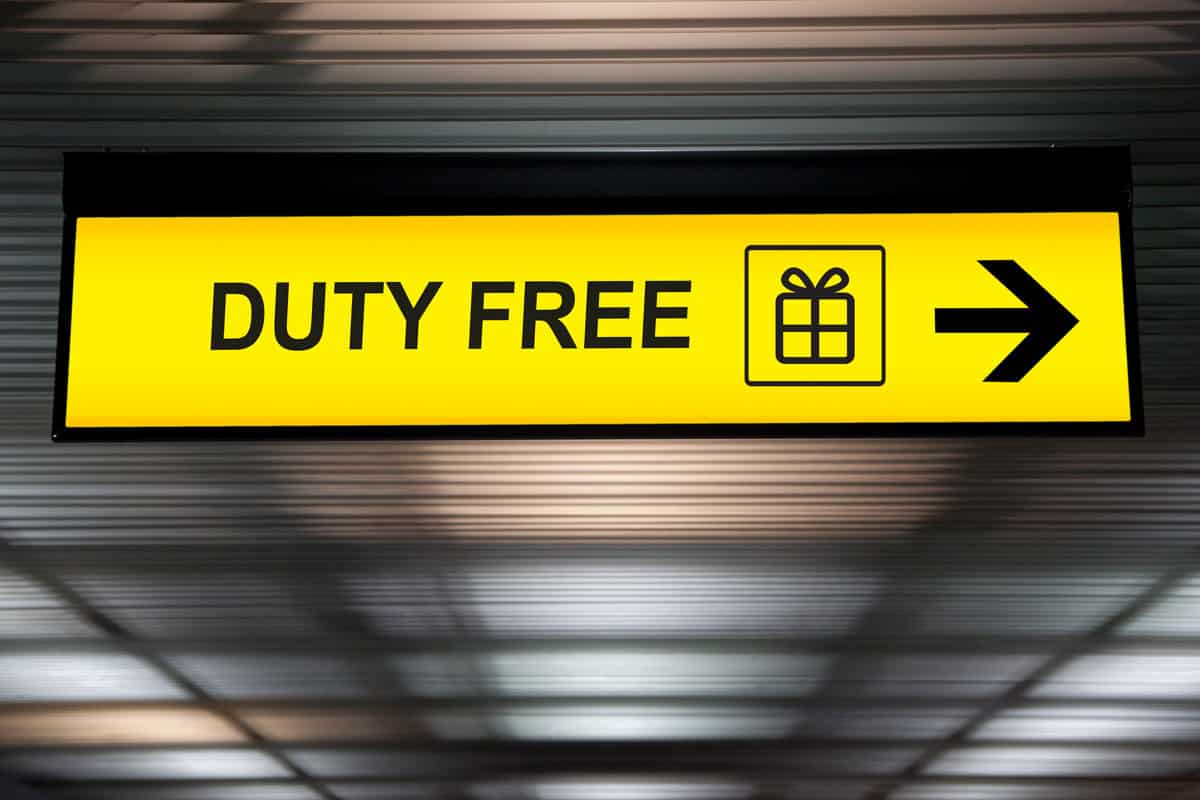
Duty-free, as the name implies, means that you are free from paying any taxes or duties from the country where you purchased them. There are certain shops in an airport that are free from taxes - duty-free stores. They sell products at a lower cost.
Now, this merchandise (and any other items you bought in a foreign country) can be subjected to duties once you return to the United States, however, exemptions to the rule apply.
What Items Are Considered Duty-Free (Tax Exemption)?
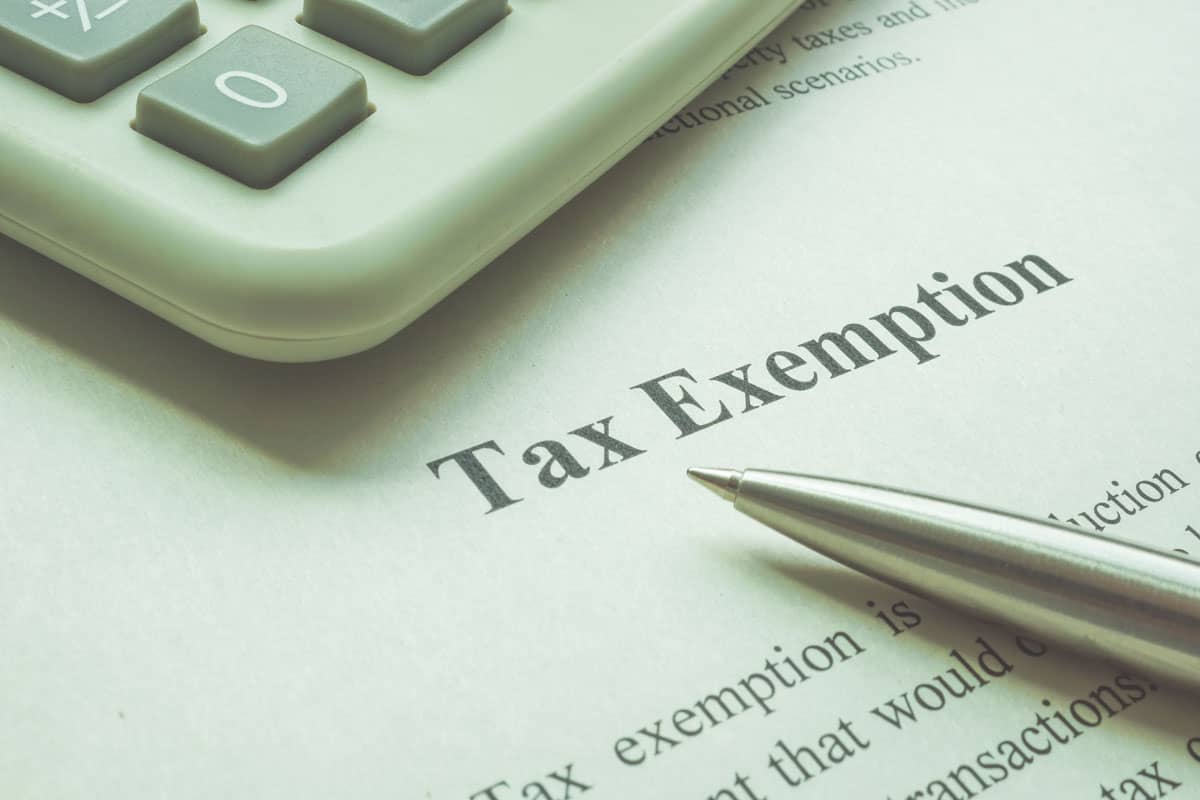
Upon arrival to the country, any personal or household items, souvenirs, and gifts purchased in foreign lands are free from duties as long as they do not exceed $200, $800, and $1600 worth of products or merchandise.
The $200 exemption only applies if you have traveled outside the country more than once in 30 days, or if you left and return within 48 hours. This is because customs may regard your travel as a business - buying and selling products. Remember that, unlike other exemptions, this specific rule does not require family members to combine the $200 required amount; thus, each may bring back up to $200 costs of goods.
If you are traveling back from any foreign countries other than the U.S Virgin Islands, American Samoa, and Guam, (provided that you have stayed for more than 48 hours and have not traveled more than once in 30 days), you are allowed to bring back $800 worth of products tax-free as a carry on or checked-in baggage.
If you are arriving back from American Samoa, U.S Virgin Islands, and Guam, then the $1600 tax exemption applies.
In Closing
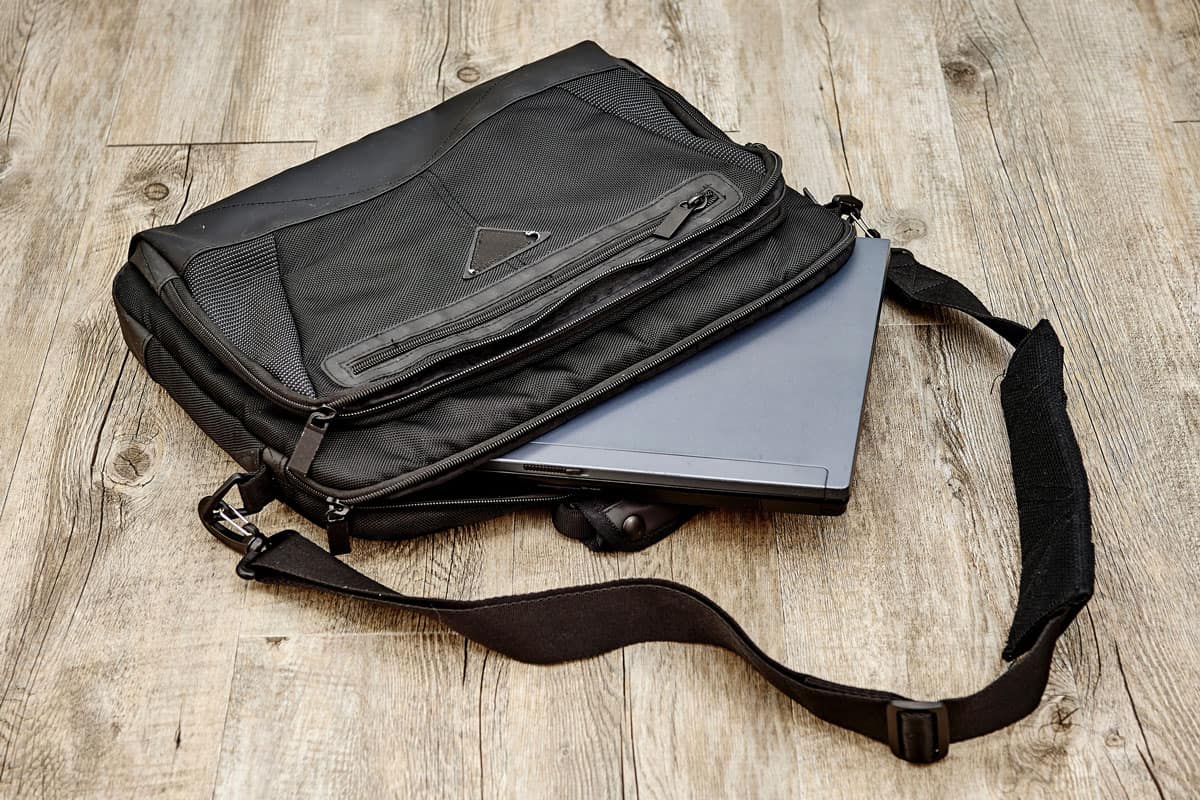
The distinction between personal items, carry-on luggage, and checked baggage may cause some confusion and delays that may affect your trip. We hope this article proved to be helpful and insightful in making your air travel smooth and without problems with customs and airline security. Have a safe trip!



